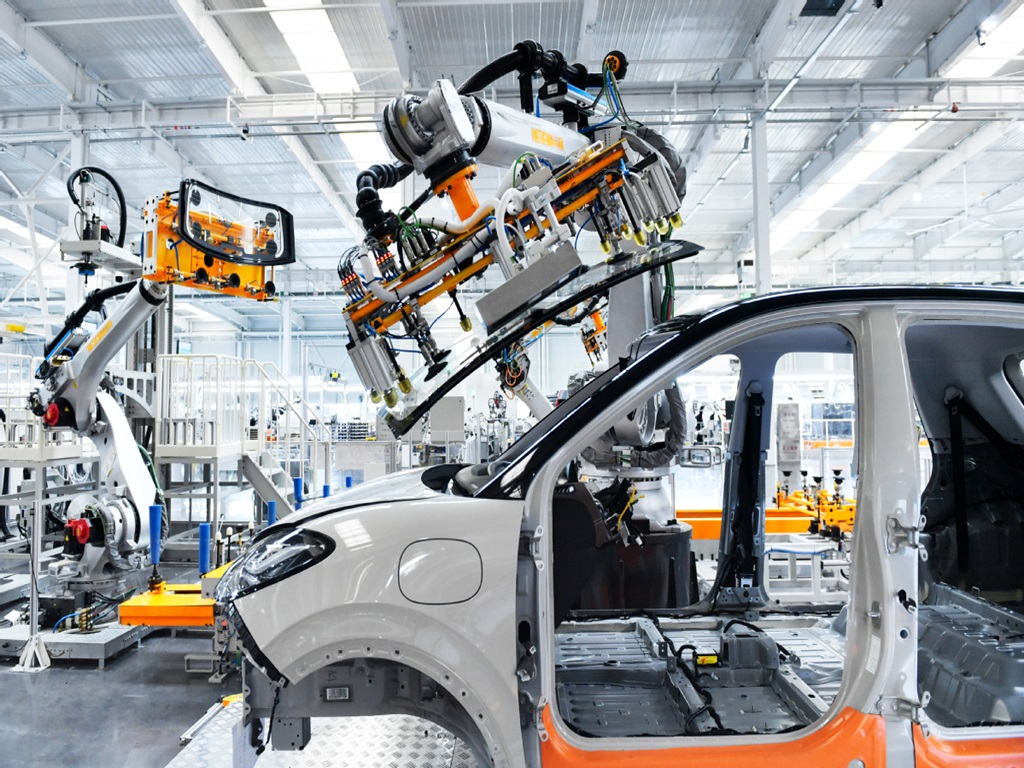China's Reform and Modernization

The People's Republic of China (PRC) has significantly focused in reforms and modernization over the past several decades. China's reform era transformed it into a major global power, navigating complex challenges and achieving significant growth and modernization. Chinese efforts to modernize in the areas of agriculture, industry, science and technology, and defense has made a remarkable progress, thereby making China as an emerging global power.
The PRC has achieved tremendous social progress and human development in recent years. Reform in economic development, political system, and education system has created solid foundation for China's all round advancement.
The PRC's economic development underwent significant transformations, characterized by shifts from a planned economy to a more market-oriented system. Major components of economic reform in the sector of agriculture, State-Owned Enterprises, open door policy, development of Non-state sectors and banking and finance sector have made China a global economic power. China's economic growth averaged over nine percent a year ever since China has started economic reform and significant percentage of population have upgraded out of the poverty level. There have been marked improvements in access to health, education, and necessary services. The collective farming system was replaced by the household responsibility system, where farmers could manage individual plots and retain surplus production after meeting state quotas. This led to a significant increase in agricultural output and farmer incomes. State-Owned Enterprises were granted more autonomy in production, marketing, and investment decisions.
The open door policy encouraged foreign trade and investment, transforming China from a closed economy to one integrated with global markets. The government provided incentives for foreign investment in technology, energy, transportation, and environmental sectors, despite maintaining certain restrictions.
Technological advancements have further solidified China's global position. Investments in research and development, strategic industries, and education have propelled China to the forefront of global technological innovation. Despite initial challenges in translating R&D into economic value, China's approach has demonstrated that technological progress can be engineered through strategic planning and significant investment.
In the defense sector, the PRC has made a remarkable progress in reforming and modernizing the People's Liberation Army (PLA). The modernization of the PLA underscores China's commitment to strengthening its military capabilities. Reforms initiated have transformed the PLA into a modern force. Advances in land, air, naval, and missile forces, supported by economic growth, have enhanced China's ability to defend its interests and assert its influence.
The evaluation of the PLA's doctrine and combined arms warfare capabilities highlights significant advancements and ongoing challenges in China's military modernization efforts. The PLA is structured to integrate its various services into a unified operational force, supported by joint command structures across five theatre commands. This restructuring aims to enhance operational coordination and efficiency, crucial for modern warfare.
The PRC’s military modernization aligns with broader strategic goals, including safeguarding national interests and supporting the Belt and Road Initiative (BRI). This includes enhancing capabilities for non-contact warfare, cyber operations, and advanced technologies like Artificial Intelligence (AI) and space-based systems.
In essence, the PRCs rise from a developing country to a major world power in past three decades has been phenomenal. In particular, China's economic growth is rapidly growing, which is driven by industrial production and manufacturing exports. The PRCs success in becoming a global power is achieved through its policy shift for the overall reform and modernization.
The author is Former Chief of the Army Staff, Nepali Army.